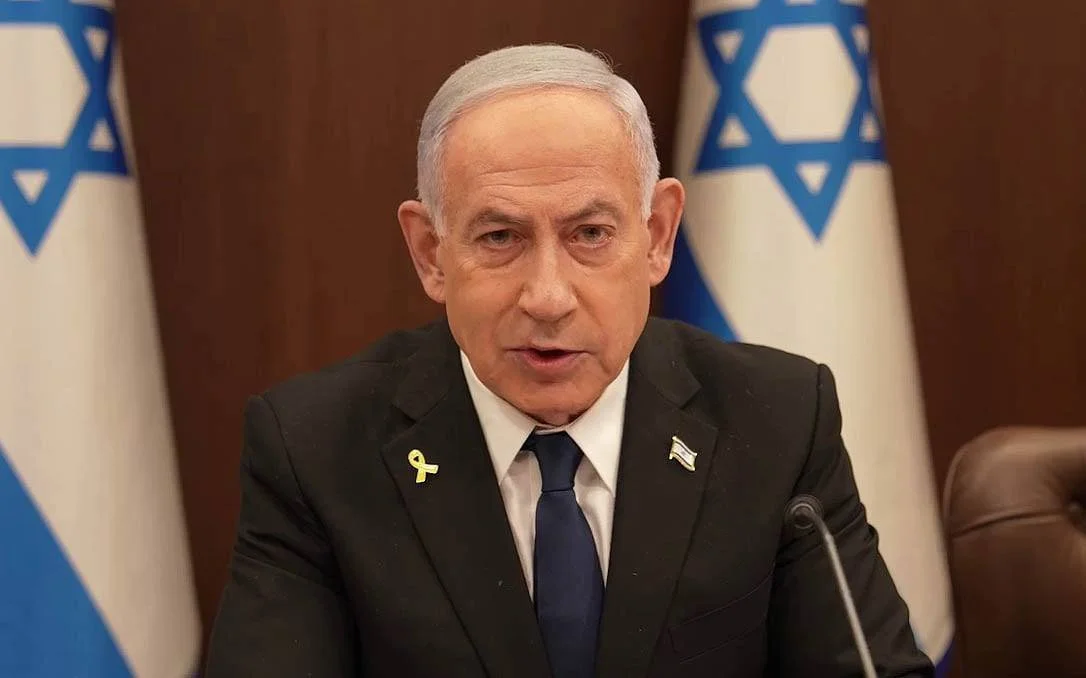Hospital Strike Widens Global Rift Over Gaza, Accelerates Calls for Ceasefire
Executive Summary
Israel’s August 25 double strike on Nasser Hospital in Gaza, which killed at least 20 people including five international journalists and multiple medical staff, has ignited international outrage and intensified pressure for a ceasefire. The incident, labeled a “tragic mishap” by Israeli officials, has sharply escalated diplomatic and public backlash—shortening Israel’s operational timeline and increasing scrutiny on its military conduct. Turkey’s maritime embargo and mass Israeli protests demanding a hostage deal are converging to isolate Jerusalem further on the global stage.
Key Judgments
The strike on Nasser Hospital, particularly the killing of journalists and medics, has become a strategic liability for Israel and catalyzed renewed international condemnation.
Evidence: Reuters and AP demanded answers; UN Secretary-General and European leaders issued sharp rebukes; hospital footage confirmed a second strike targeting rescue efforts (AP, BBC).
This strike, and others like it, are shortening the international tolerance window for Israel’s military campaign.
Evidence: U.S. President Trump, despite longstanding support for Israel, predicted a “conclusive ending” to the war within weeks, citing public fatigue and humanitarian catastrophe (Al Jazeera).
Massive internal protests in Israel demanding a hostage deal are signaling domestic limits to prolonged war, increasing political pressure on Netanyahu.
Evidence: Over a million Israelis joined coordinated strikes and rallies, with hostage families urging a ceasefire to secure remaining captives (Semper Incolumem).
Turkey’s maritime embargo intensifies Israel’s economic and diplomatic isolation, signaling broader regional alignment against Jerusalem’s war conduct.
Evidence: Turkey barred all Israel-linked maritime traffic and expanded prior trade bans, framing the move as a sanctions escalation over Gaza atrocities (Long War Journal).
The conflict’s continuation risks further radicalization, proxy escalation, and violent spillover, particularly from Iran-backed networks and Western-based extremist groups.
Evidence: Iran and Hezbollah are preparing for broader confrontation, and Western intelligence agencies warn of increased sabotage and hybrid attacks inspired by Gaza atrocities (Semper Incolumem).
Analysis
The August 25 double strike on Nasser Hospital may prove to be a turning point in the Gaza conflict—not just for its brutality, but for its cumulative political effect. Killing five journalists and at least four health workers in a location protected under international law and frequented by international media has generated a level of outrage that even previous high-casualty incidents failed to produce. Israel’s explanation—that the strike targeted a Hamas surveillance camera and was a “mishap”—has done little to mitigate backlash. Al-Ghad footage showing a second strike hitting rescuers suggests, at minimum, reckless disregard for human life.
The humanitarian toll and erosion of media access amplify the perception of Gaza as a war without oversight. Israel’s ongoing ban on independent foreign journalists entering Gaza ensures that deaths like those at Nasser Hospital further the impression of impunity. The unprecedented journalist death toll—now near 200—is not merely a statistic; it’s an indictment of the war’s asymmetry and its strategic optics failure.
Internationally, even longtime allies are distancing themselves. Trump’s prediction of a “conclusive ending” within weeks reflects not merely wishful thinking but a recognition that the political cost of support is escalating. Macron and Lammy condemned the strike in unusually strong terms, while UN Secretary-General Guterres demanded immediate investigation and a permanent ceasefire. These statements reflect a shifting diplomatic climate that is increasingly intolerant of Israel’s current approach.
Domestically, the conflict is eroding Israeli cohesion. The August 17 nationwide strike—led by hostage families and backed by key sectors—marks the broadest internal challenge to Netanyahu’s war policy since October 7. The protesters’ demand for a ceasefire and hostage deal is not merely emotional but strategic, as the public increasingly sees prolonged war as a liability. Netanyahu, constrained by a far-right coalition that views any concession to Hamas as betrayal, now faces simultaneous erosion of international and domestic support.
Adding to the squeeze is Turkey’s maritime embargo—a move with both symbolic and practical consequences. Ankara’s policy goes beyond trade bans, signaling that regional actors are now willing to adopt punitive measures previously considered unthinkable. Erdogan’s blockade, combined with prior aid delivery refusals and flotilla threats, suggests Turkey may now be the leading regional antagonist to Israel’s Gaza campaign.
Meanwhile, the strike has emboldened anti-Israel actors. Iran-backed networks, from Hezbollah to Ansar Allah, frame the hospital bombing as further evidence of Israel’s illegitimacy and Western complicity. These narratives feed a feedback loop of radicalization and likely retaliation, including sabotage or attacks against Western or Israeli targets abroad. The risk of escalation across Lebanon, Syria, and even Europe grows as images from Gaza continue to circulate unfiltered by foreign journalists—ironically, a result of Israel’s own media restrictions.
In sum, Israel’s strategic freedom of action is narrowing. The hospital strike has condensed the war’s timeline—militarily, diplomatically, and politically. Without a major shift in tactics or a credible ceasefire framework, further operations risk not only military overreach but permanent geopolitical damage.


